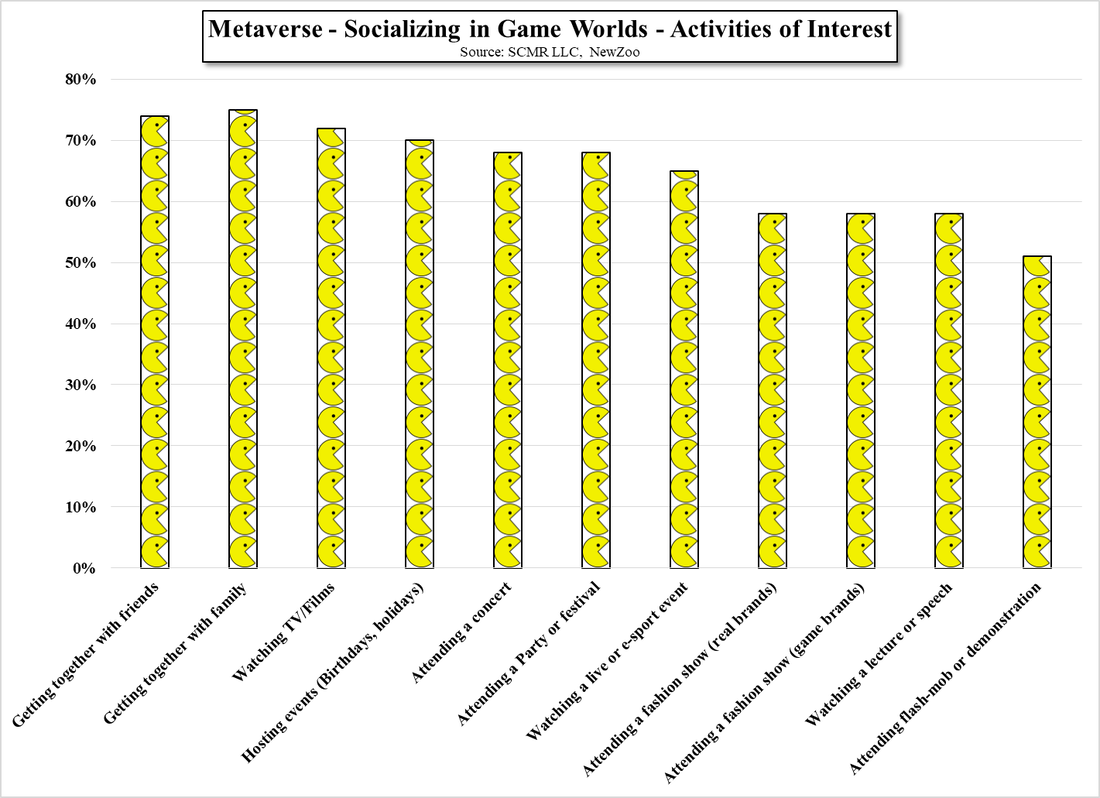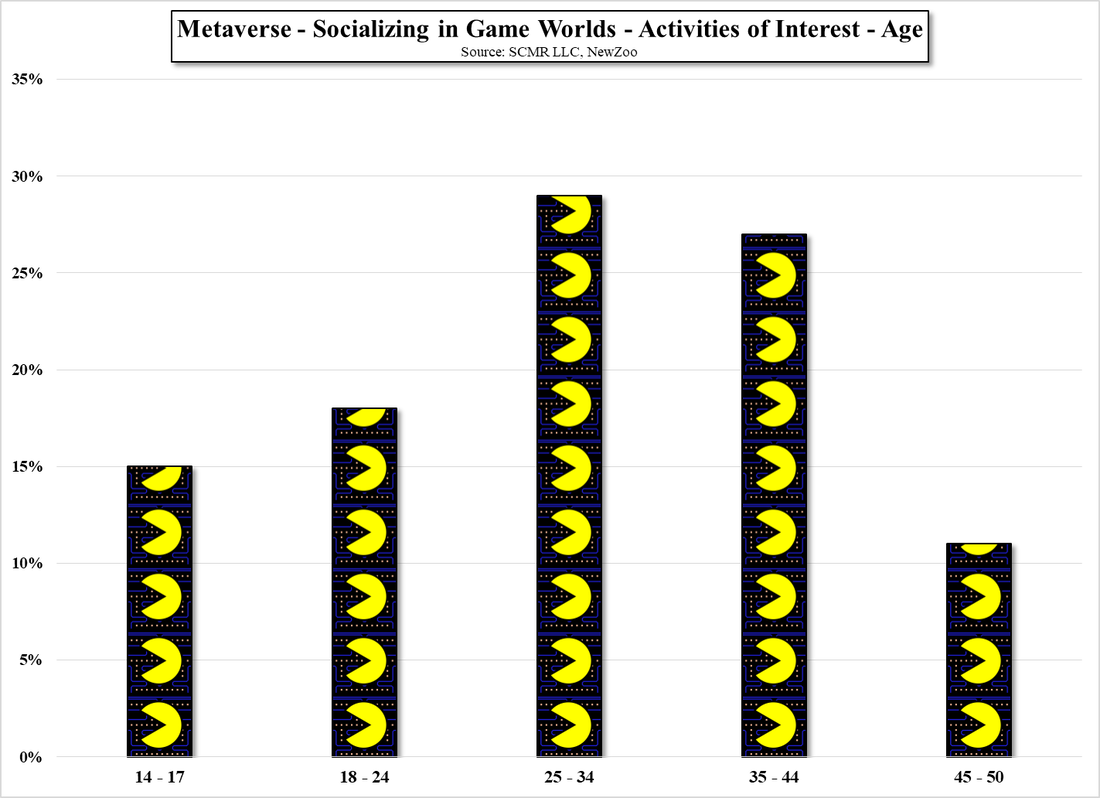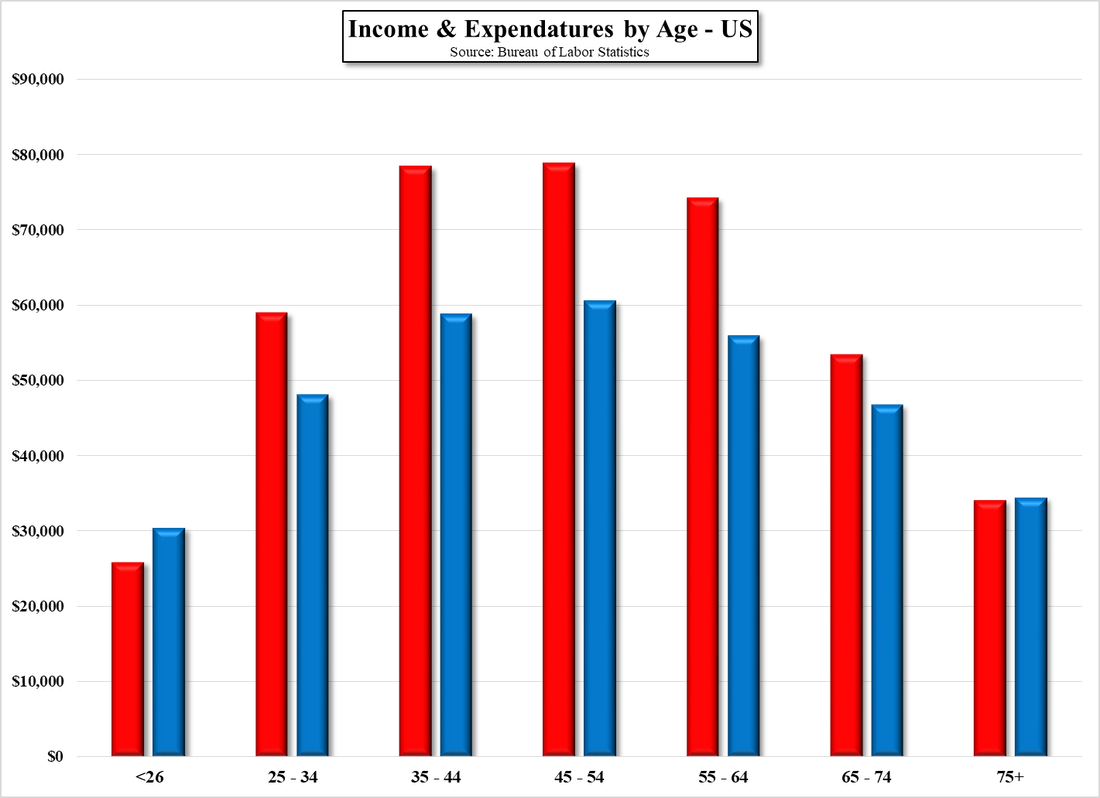Metaverse II
- “What is the company’s layout for the Meta Universe?”
- “What is your company’s plan and layout in Metaverse, and do you have any plans to establish Metaverse Supplies Company?”
- “Hello, Secretary of the Board of Directors excuse me. BOE has been categorized as a meta-universe concept stock. Why does BOE not appear in the meta-universe concept stock in the trading system? Thanks!”
- “Is there a relationship between the US Meta, which BOE has invested in, and the Meta after Facebook’s (FB) renaming?”
“Hello! VR/AR/MR products are one of the key intelligent terminals leading to Metaverse. Continuous breakthroughs in display technology provide the basis of interaction for these smart terminals. The display solutions provided by the company for VR/AR/MR smart terminals include high-PPI, high-refresh rate FastLCD and ultra-high-resolution, ultra-high-contrast silicon-based OLED and other representative display technologies. The layout in the Mini LED field can further enhance the performance of Fast LCD in terms of high contrast, high refresh rate, and high brightness. With the addition of HDR function, it will better fulfill the requirements of near-eye, ultra-clear and delicate image quality of VR products. At present, the company has mass-produced 3.2”, 2880x2880, 1200ppi, FastLCD products equipped with Mini LED backlight. Joint chip and optical manufacturers have released a 0.7” FHD reference design solution, and launched 5644ppi, ultra-high resolution, 120+Hz high refresh rate Representative products such as silicon-based OLED products. At the same time, many products have reached cooperation with well-known leading customers in the industry. In the future, the company will continue to provide customers with diversified solutions such as FastLCD, Mini/Micro LED, and silicon-based OLED according to customer needs. Thanks! Risk warning: At present, the revenue of the above-mentioned XR-related products accounts for a small proportion of the company's total revenue, and the degree of future growth is uncertain. Investors should pay attention.”
It is obvious that the Metaverse is on the minds of the public and investors, and while the concept was really an outgrowth of the gaming business, despite our reservations about the Metaverse, however defined, we expect that Facebook’s name change, an unambiguous attempt at moving the media focus away from FB’s ethical issues, will keep the topic in the public eye. If it is in the public eye, there are and going to be investment opportunities, some of which will be real and others faddish or just untrue, so we are working toward identifying some of those opportunities and trying to sort through a myriad of public and private companies that have been or are associating themselves with the Metaverse.
In that regard we believe it is important to try to gain insight into one aspect of the Metaverse, gaming, where the idea has been germinating for years. Gaming is an obvious platform for the Metaverse, as gamers already understand avatars, in-game purchases, and the concept of a non-realistic environments, along with VR/AR as an enhancement, however while in-game socialization is a part of multi-player games, in-game non-player socialization is also gaining ground. While the level of non-participant socialization in game worlds is nowhere near the level of socialization on social media platforms, the data suggests that while 75% of social media users indicate that they are on the platforms to socialize often or occasionally, 38% of gamers indicate that they use the gaming platform to socialize without playing the game[1]. Obviously a much smaller number, but one that indicates users willingness to utilize a dedicated-use platform for socialization, leading to more ‘time-on-line’ than would be the case for those only playing the game with ‘intent’ to play games in the future rising from 77% to 86% for those who hangout in game worlds. If users are willing to socialize in such an environment and companies are able to monetize that time, think of how easy it would be to get them to socialize in world’s created just for that purpose.
The data goes a bit further in that when those who socialize in game worlds were polled about what they were most interested in doing while being a non-playing in-world socializer, the answers were surprisingly normal as shown in Fig. 1, which shows the percentage of those opting for ‘interested or ‘very interested’ in the activities shown. As noted, if age is broken out (Fig. 2), those in the <18 segment would show higher results in the ‘friends’ category, as these are averages across all age groups. It would seem that the willingness to socialize as a non-gamer in a gaming world is an easily accepted concept for those under 45 years old, and while that might not be the perfect demographics for targeted advertising relative to income and spending (Fig. 3), it is very close.
[1] According to NewZoo data it is nearly twice as common for under 18 year old’s to do this as compared to over 35’s.
While still a relatively new concept, NFTs (Non-fungible Tokens) provide such a ‘currency’ that has no bounds as to being in the physical universe. A gamer can purchase an item using NFTs in the same way an art investor can use them to purchase the ownership rights to an e-mail or on-line image. As the NFTs are merely block chain entries they are not physical, other than as a digital representation, a purchase made using NFTs in the physical world should have a similar value in the virtual world. This would allow the purchase of non-physical assets in the Metaverse, giving such non-corporeal items value. While there certainly is and will be the ability of a Metaverse participant to buy physical assets, which would be the primary goal for most companies involved, NFTs area way for companies to ‘sell’ non-physical assets in the Metaverse, the value of which will be determined solely by supply and demand.
If a user decides he or she likes the look of a particular digital item seen while in a Metaverse world, it can be (will be) purchased using NFTs and brought back to the user’s personal Metaverse world, say a digital picture or a swimming pool filled with mermaids, and becomes the ‘property’ of the purchaser. In the gaming world, game companies could charge a small fee for bringing in an item that is not part of that game’s element list, and monetize a digital element from another game. Based on the items ability to influence the outcome of the game, the fee would vary.
NFTs are still in a ‘fuzzy’ area when it comes to legality, not that the idea of using them is being questioned, but the rights of the ownership of the IP related to the item itself, which remain with the item’s ‘inventor’. This could limit the use of a digital item purchased using NFTs to non-commercial purposes unless specifically agreed to by the IP holder, although it gets even murkier with the sale of Metaverse land that corresponds to land in the physical world (see our note of 11/24/21 “Now It’s Getting Weird”). There will be legal battles concerning ‘digital rights’ that will confound the courts for years to come, but in most cases companies adopting the Metaverse as a platform will be selling physical assets under typical consumer laws.
There are many companies that generate digital content that is available for sale and many companies that provide digital creation tools and environments where users can create their own digital (and saleable) content, but while there is an endless variety to digital content, virtual land seems to be an attractive way for purely digital product companies to monetize Metaverse ‘assets’, and the public’s willingness to put down real currency for chunks of virtual land in locations across the globe still has the feeling of the 1925 Florida Swampland scams of Charles Ponzi.
That said, companies that offer marketplaces where such Metaverse land is sold, get a commission based on the value of the plot and have become adept at bringing in internet celebrities that help to create excitement for a virtual region and bring up land prices in that area generating higher commissions and giving the same celebrities a profitable transaction. Again, with no physical assets, the purchase of Metaverse ‘land’ is a purely emotional one and only allows the owner to ‘build’ its own content on that virtual plot, with no connection to the physical location in the real world. While the specter of “The emperor has no clothes” looms in the background, virtual land investing (if you can call it that) has made money for some (usually those receiving commissions or fees), although we look at such as having potential for giving the Metaverse a negative connotation, should the ‘boom towns’ of the virtual world one day wind up as ghost towns. More to come.





 RSS Feed
RSS Feed